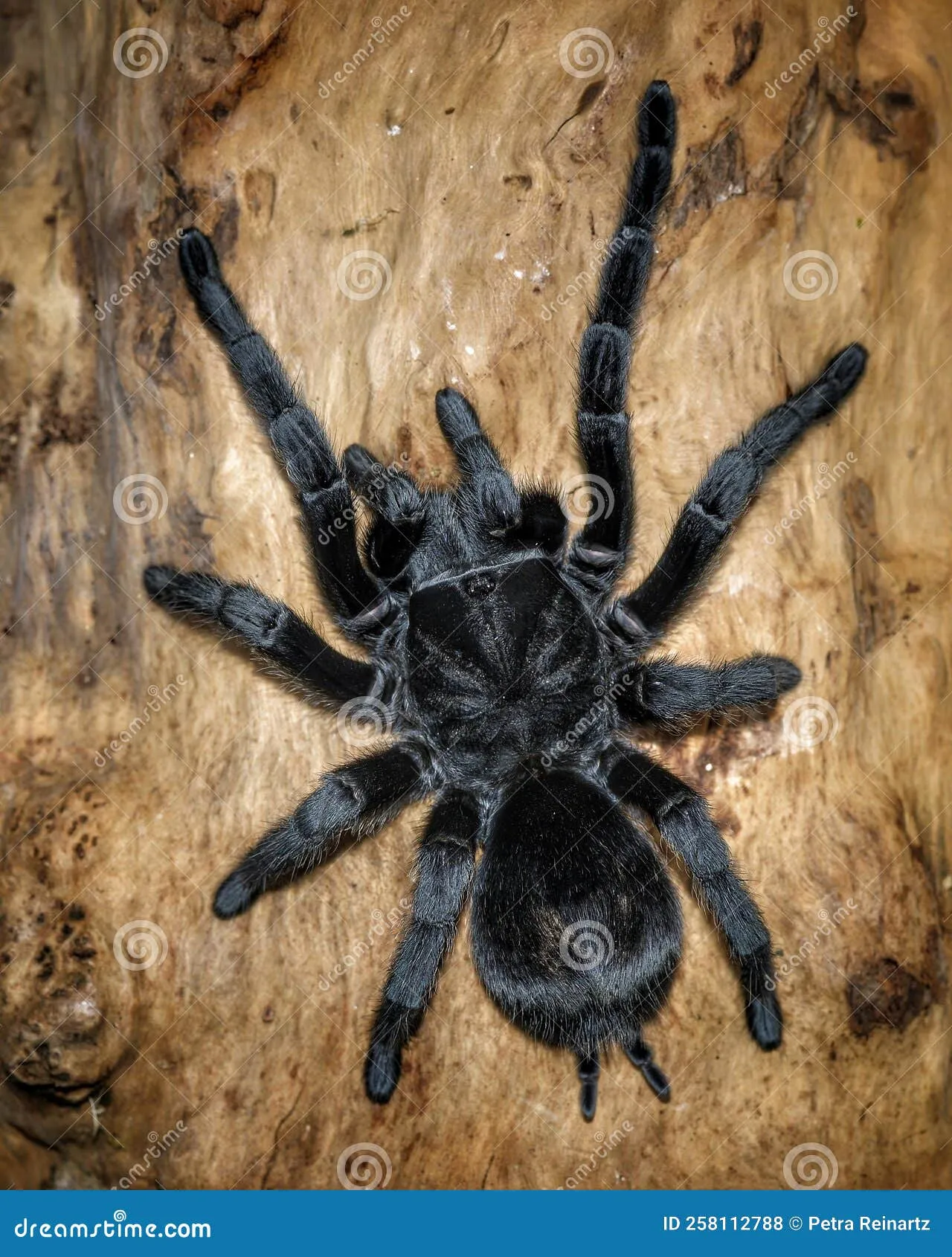What is a Grammostola Tarantula
Grammostola tarantulas are a genus of New World tarantulas, highly sought after by arachnid enthusiasts for their docile temperament, beautiful appearance, and relatively easy care. These spiders are native to South America, and various species are commonly kept as pets. They are known for their gentle nature, making them a popular choice for beginner tarantula keepers. These fascinating creatures offer a unique glimpse into the world of arachnids, captivating those who appreciate their beauty and relatively low-maintenance requirements. Understanding their specific needs is vital to providing them with a healthy and enriching life.
Origin and Habitat
Grammostola tarantulas originate from South America, specifically inhabiting grasslands, scrublands, and sometimes even burrows in areas with moderate climates. Their natural habitat is crucial to understanding their care requirements. These tarantulas have adapted to thrive in specific environmental conditions, including temperature and humidity levels. Replicating their natural environment as closely as possible is essential for their well-being. For instance, the Chilean rose tarantula (Grammostola rosea), one of the most popular species, comes from the arid regions of Chile, where the temperature is moderate. Different species within the Grammostola genus may have slightly different needs depending on their native environment, but the basic care principles remain similar.
Appearance and Characteristics
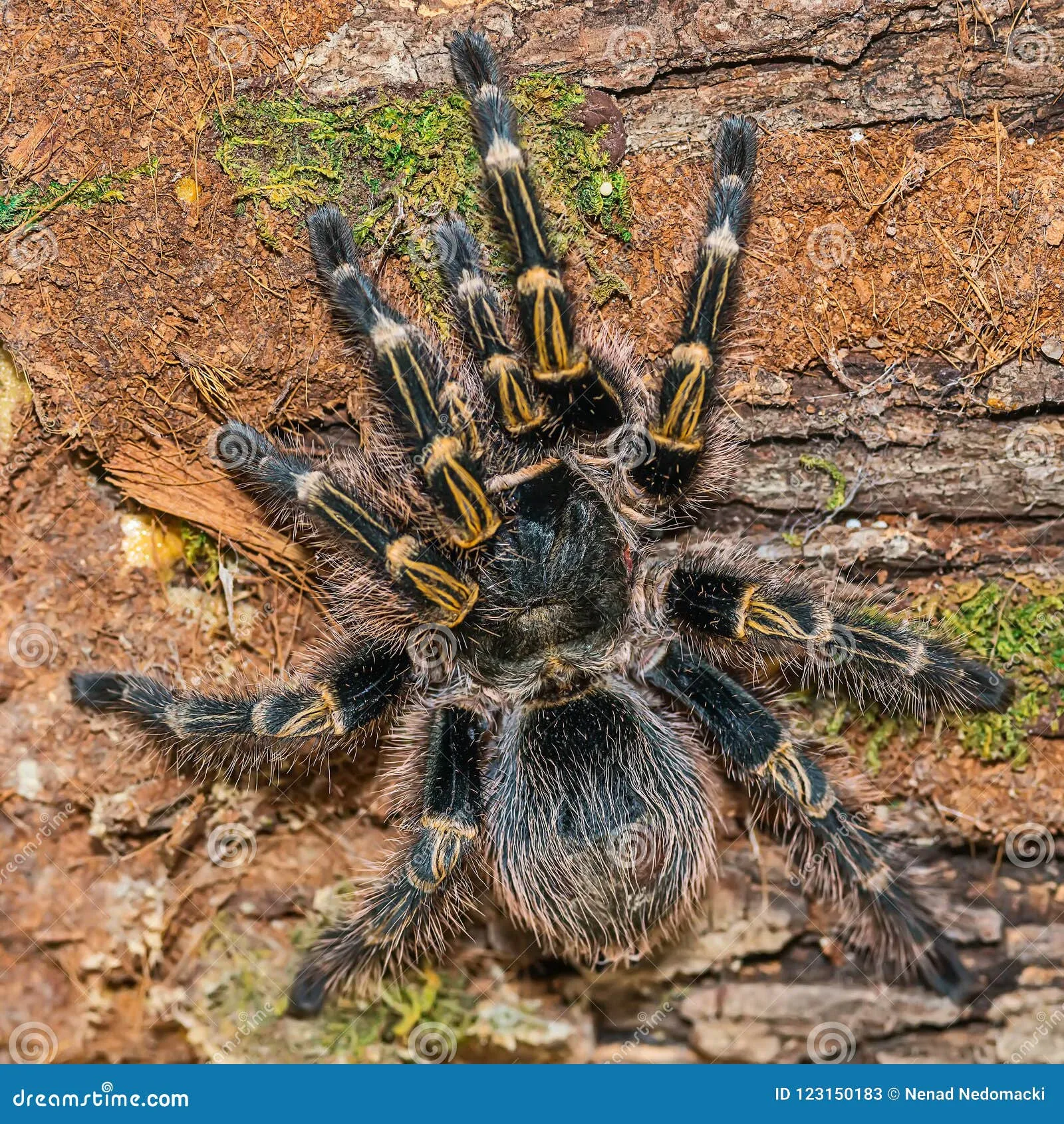
Grammostola tarantulas typically display a range of colors, from shades of brown and gray to reddish hues. The Chilean rose tarantula, for example, has a distinctive pinkish coloration on its carapace and legs, giving it a beautiful appearance. They are characterized by their stout bodies, hairy legs, and large fangs. Their size varies depending on the species, but they generally reach a leg span of 5 to 7 inches. These spiders possess the ability to flick urticating hairs from their abdomens as a defense mechanism. They are generally docile and slow-moving, making them relatively easy to handle compared to some other tarantula species. Their physical attributes, combined with their gentle nature, contribute to their appeal as pets.
Basic Care Guide for Grammostola Tarantulas
Caring for a Grammostola tarantula involves providing a suitable enclosure, appropriate temperature and humidity levels, proper feeding, and safe handling practices. Understanding these essential aspects is key to ensuring the longevity and happiness of your tarantula. Their care is relatively straightforward, making them a good choice for beginners. They do not require complex setups or constant attention. By following these guidelines, you can offer your Grammostola a comfortable and enriching environment in which to thrive. It is a rewarding experience for anyone who appreciates the beauty and uniqueness of these fascinating creatures.
Enclosure Setup
A suitable enclosure is essential for your Grammostola tarantula’s well-being. A ten-gallon tank is generally sufficient for adults, while smaller enclosures are suitable for juveniles. Ensure the enclosure has a secure lid to prevent escapes. Proper ventilation is also crucial, but avoid drafts that can negatively affect the humidity levels. The enclosure should provide ample space for the tarantula to move around, explore, and burrow. A well-designed enclosure will not only meet the tarantula’s needs but will also allow you to observe and appreciate its behavior. Regularly inspect the enclosure to ensure it remains clean and safe. A well-maintained habitat contributes greatly to the tarantula’s overall health and happiness.
Substrate and Decor
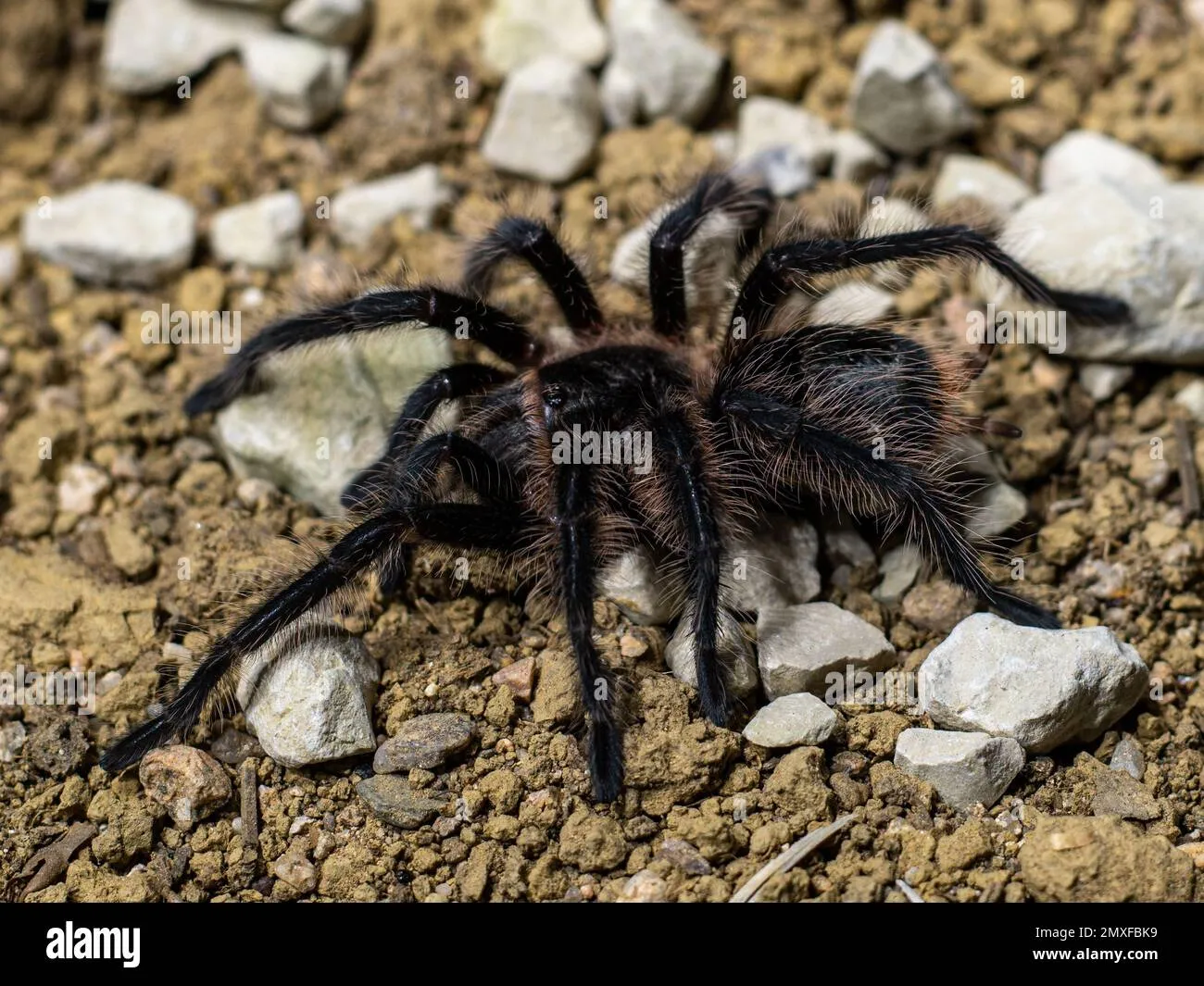
The substrate should be several inches deep to allow the tarantula to burrow. A mix of peat moss, coconut fiber, and vermiculite works well to retain humidity while allowing for burrowing. Provide a water dish for drinking and maintaining humidity. Decorate the enclosure with artificial plants, cork bark, or other safe items to provide hiding places. These additions offer enrichment for the tarantula and create a more natural environment. Avoid sharp objects or anything that could potentially harm your tarantula. The overall setup should mimic the tarantula’s natural habitat as closely as possible, giving it a sense of security and allowing it to exhibit natural behaviors.
Temperature and Humidity
Grammostola tarantulas thrive in temperatures between 75°F and 85°F (24°C to 29°C). You can maintain this range using a heat lamp or a heating pad placed on the side of the enclosure. Regularly monitor the temperature with a thermometer. The humidity level should be around 60% to 70%. You can maintain humidity by misting the enclosure with water, especially during molting periods. A hygrometer helps monitor humidity levels. Proper temperature and humidity are crucial for the tarantula’s health and molting process. Inadequate environmental conditions can lead to health problems or difficulties during molting, so it’s important to be vigilant in monitoring and maintaining the right levels.
Feeding Your Grammostola
Feeding your Grammostola tarantula is a straightforward process, and it doesn’t require much effort. The key is to provide the right food at the right frequency. They are opportunistic eaters and will readily consume a variety of insects. Overfeeding should be avoided, as it can lead to obesity and other health issues. Providing the proper diet is crucial for their growth and overall well-being. The feeding process can also be a great opportunity to observe your tarantula’s behaviors and learn more about its natural instincts.
What to Feed
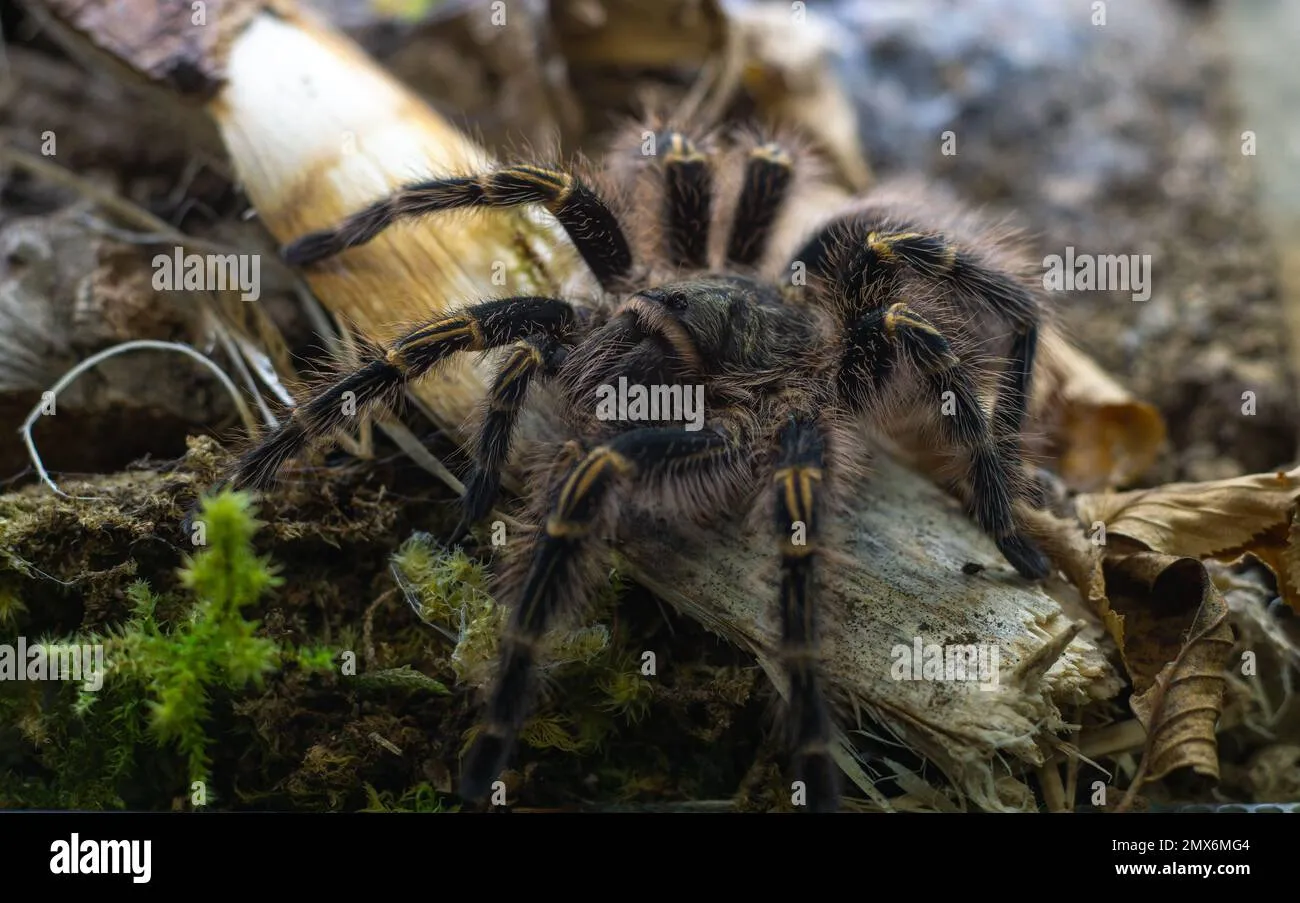
Suitable food items include crickets, roaches, mealworms, and other commercially available insects. The size of the food should be appropriate for the tarantula’s size; avoid offering prey that is too large, as it could potentially injure the tarantula. You can also offer pre-killed prey, especially if you are concerned about the live insects. Dust the food items with a calcium supplement to ensure your tarantula receives essential nutrients. Remove any uneaten food within 24 hours to prevent the growth of mold or mites in the enclosure. Always ensure the food is pesticide-free to prevent potential harm to your pet.
Feeding Frequency
Juvenile tarantulas should be fed 2-3 times a week, while adults can be fed once or twice a week. Adjust the feeding frequency depending on the tarantula’s size, age, and feeding response. A well-fed tarantula will have a plump abdomen. If your tarantula refuses to eat, it could be an indication that it is preparing to molt or that the environmental conditions are not ideal. Always ensure fresh water is available. Monitoring feeding behavior and the tarantula’s overall condition will allow you to adjust the feeding schedule as needed. It is essential to establish a feeding schedule that meets the tarantula’s needs while avoiding overfeeding or underfeeding.
Handling and Safety
Grammostola tarantulas are generally docile, but handling should be kept to a minimum. Avoid handling your tarantula if you are not experienced. When handling is necessary, do so close to the ground or a soft surface to prevent injury in case of a fall. Always wash your hands before and after handling your tarantula. Be aware of the tarantula’s urticating hairs; avoid touching them as they can cause skin irritation. Supervise children when they are near the tarantula. Gentle handling and respecting the tarantula’s needs will ensure a safe and enjoyable experience for both you and your pet. Observe the tarantula’s behavior; if it appears stressed or agitated, it is best to leave it alone. Respecting their space is a key part of responsible ownership.
Lifespan and Behavior
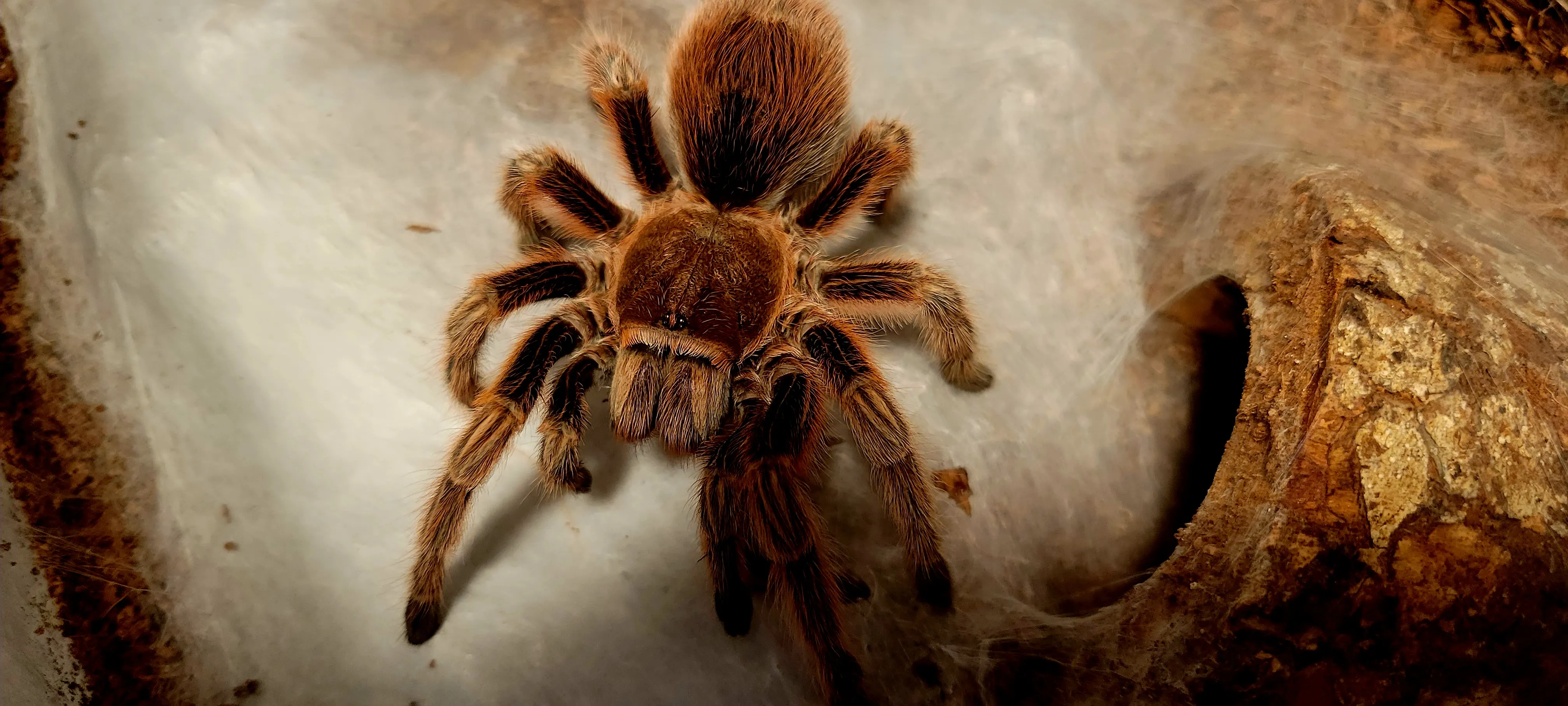
Grammostola tarantulas have a relatively long lifespan. Females can live for 15-20 years or even longer, while males typically live for 5-7 years. Understanding their lifespan allows you to commit to providing them with care for the long term. They are generally solitary creatures and do not require social interaction. They are primarily nocturnal, spending much of the day hiding in their burrows or under shelter. They may be observed at dusk or at night, actively hunting or exploring their environment. During molting, they will lie on their backs and shed their exoskeleton. The molting process is a vulnerable time, so it is important not to disturb the tarantula during this period.
Common Health Issues
Like any pet, Grammostola tarantulas can experience health problems. Common health issues include mites, fungal infections, and dehydration. Regular inspection of your tarantula and its enclosure is crucial for early detection of any health problems. Mites can often be identified as small, crawling insects on the tarantula or in the enclosure. Fungal infections can be caused by overly humid conditions. Signs of dehydration include a shrunken abdomen and lethargy. If you notice any health problems, consult a veterinarian experienced in treating arachnids. Prompt action is crucial for the health and well-being of your tarantula. Preventing health issues by maintaining proper care is always the best approach.
Moulting
Molting is a natural process for tarantulas, where they shed their exoskeletons to grow. During this process, the tarantula may lose its appetite and become less active. You will notice the tarantula lying on its back. Do not disturb your tarantula during molting, as it is a vulnerable time. Provide a humid environment to help the molting process. Once the molt is complete, the tarantula will be soft and vulnerable. It is important to avoid feeding the tarantula until its fangs have hardened, which typically takes a few days. Proper molting is a sign of a healthy tarantula. Successfully molting is essential for the tarantula’s growth and health.
How to Find a Grammostola Tarantula
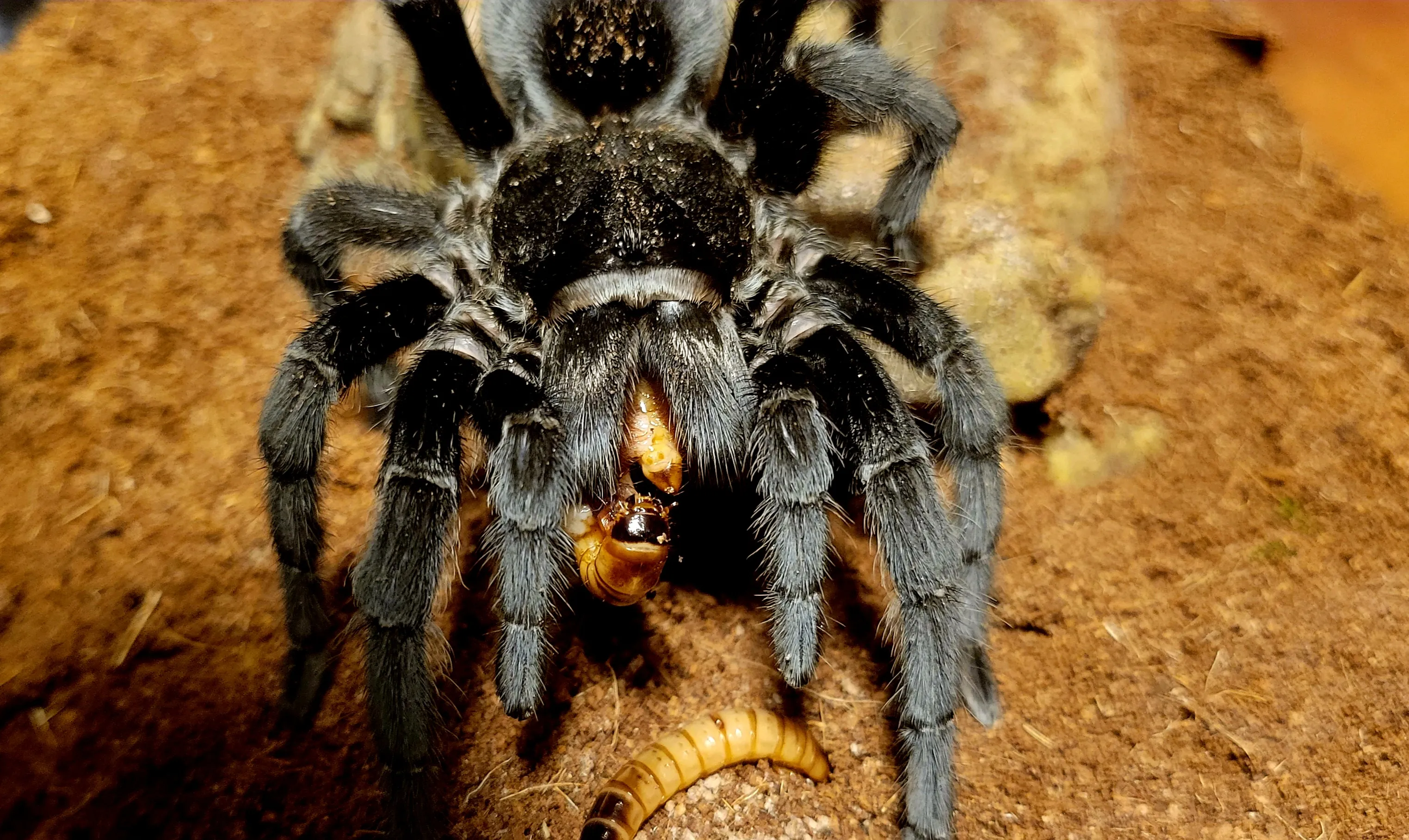
You can find Grammostola tarantulas at reputable pet stores, reptile expos, or from specialized breeders. It is important to source your tarantula from a reliable source to ensure you are getting a healthy specimen. Always research the breeder or pet store before making a purchase. Before you get a Grammostola tarantula, make sure you are prepared and have a suitable enclosure set up. Having your habitat ready before you purchase your tarantula will make the transition easier and less stressful for your new pet. Always prioritize responsible pet ownership and make sure you are ready to meet the needs of the Grammostola tarantula for its entire lifespan.
